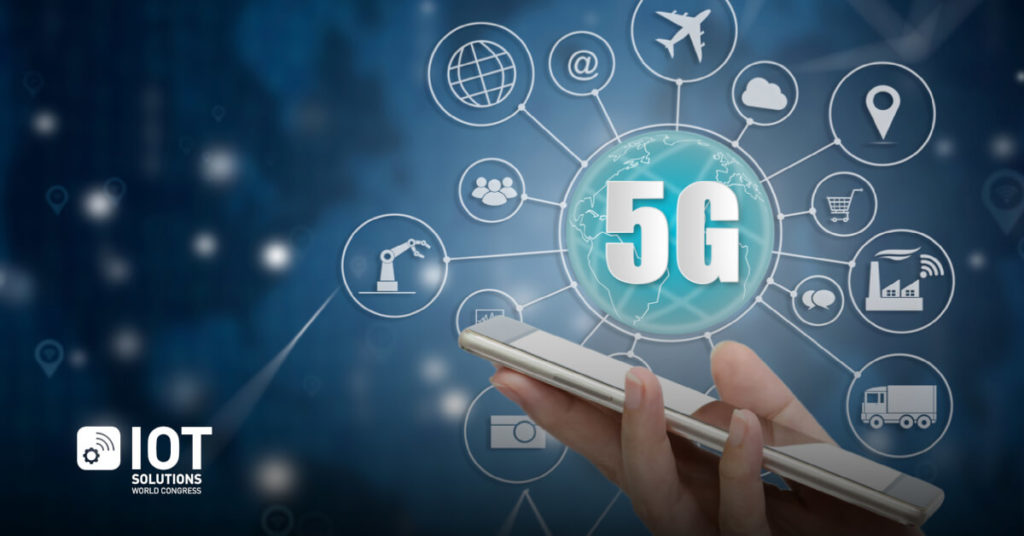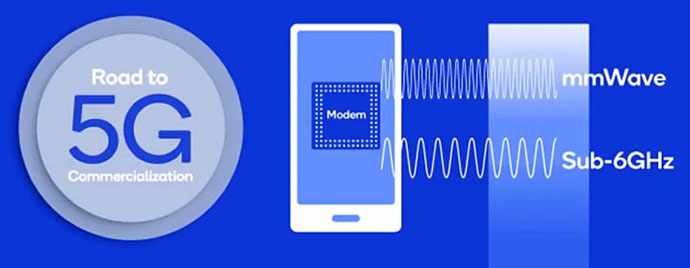

- WHAT IS 5G TECHNOLOGY IN SIMPLE TERMS UPGRADE
- WHAT IS 5G TECHNOLOGY IN SIMPLE TERMS FULL
- WHAT IS 5G TECHNOLOGY IN SIMPLE TERMS PLUS
Industry analysts indicate that mass deployment of 5G, on a scale that brings it to a broad user base of both consumers and businesses, is likely to start around 2021. While select locations have some 5G coverage, today’s deployments are just the prelude to citywide rollouts. Outside the US, providers have begun deploying 5G in countries including China, South Korea, Germany, and Switzerland. While most rollouts have involved mobile devices, some have been fixed wireless only-that is, 5G that works for a fixed point, like home internet access. In the United States, all four major wireless communications service providers have early 5G deployments in multiple cities. Imagine a wearable insulin pump that uses AI to give individualized suggestions about diabetes management to the patient’s endocrinologist or a smart implanted defibrillator that automatically and safely restarts a stopped heart-and instantly notifies the patient’s cardiologist with information about the incident.Īt today’s early stages of the 5G rollout, deployments are limited in scope and their locations determined by individual carriers. Healthcare For doctors and patients, 5G represents a new frontier of care.
WHAT IS 5G TECHNOLOGY IN SIMPLE TERMS FULL
By using AI-enabled cameras with low latency, retailers will be able to create an automatic checkout experience that’s as simple as walking out of the store with your full cart. One way? Taking the cash register out of retail transactions. With 5G, retailers of the future will power new omnichannel customer experiences. Retail Modern brick-and-mortar stores face an uphill battle to keep customers due to the onslaught of online retail. Supply chain, inventory management, and quality assurance processes, augmented by IoT and edge computing, will increase automation levels and reduce unit costs. Manufacturing The convergence of 5G with AI and the intelligent edge will revolutionize the factory floor in ways not seen since Henry Ford unveiled the first assembly line. End users will be able to enjoy smooth video streaming in 4K, immersive virtual reality (VR) experiences, and highly responsive gameplay on devices connected to a 5G network, leading to greater revenue opportunities for content creators, cloud service providers, and communications service providers. Now, 5G promises to bring even richer media experiences to any screen, anywhere. Media and Entertainment The availability of broadband made it possible to move movies, TV, and gaming to the cloud. Compelling 5G use cases have already been identified in the healthcare, agriculture, retail, transportation, logistics, and manufacturing industries, among others. The transformative power of 5G will touch nearly every industry. Early tests also show that 5G may cut network latency in half. With up to 5x the bandwidth available with 4G, 2 5G will give rise to new methods of production and distribution.

1įor industrial, agricultural, and commercial use cases, the biggest benefits of 5Gare its high capacity and minimal lag. With predicted 5G speed of up to 10 Gbps, new networks will be up to 100x faster than their predecessors.
WHAT IS 5G TECHNOLOGY IN SIMPLE TERMS UPGRADE
In addition to traditional macro cell towers, 5G will also use a large number of much smaller micro cells for new millimeter wave spectrum bands to create a blanket of ultrahigh-speed network coverage.įor many end users, the 5G upgrade is all about speed. This upgraded mobile network uses a combination of frequencies from multiple bands to maximize throughput.
WHAT IS 5G TECHNOLOGY IN SIMPLE TERMS PLUS
With higher capacity and speed, plus ultralow latency, 5G will power innovation that would have been impossible under the 4G LTE standard.Īll four previous generations of mobile networks used macro cell towers, hundreds of feet tall, requiring vast power outlays to transmit over long distances.ĥG works a bit differently.

Representing both an evolution of the 4G standard and a revolution in radio technology, 5G technology promises to transform the 2020s into a time of unprecedented connectivity and technological advancement. When today’s 4G long-term evolution (LTE) mobile networks started rolling out nearly a decade ago, consumers welcomed a new era of rich media mobile browsing.

If the earliest mobile network-analog voice calls, no SMS, no mobile data or browsing-was the first generation, 5G is its great-great-grandchild. What does 5G mean? Simply put, 5G is short for “5th generation.” You may also see the standard called 5G-NR (the NR stands for “new radio”). A new generation of mobile network technology stands ready to go further than its predecessors could have dreamed.


 0 kommentar(er)
0 kommentar(er)
